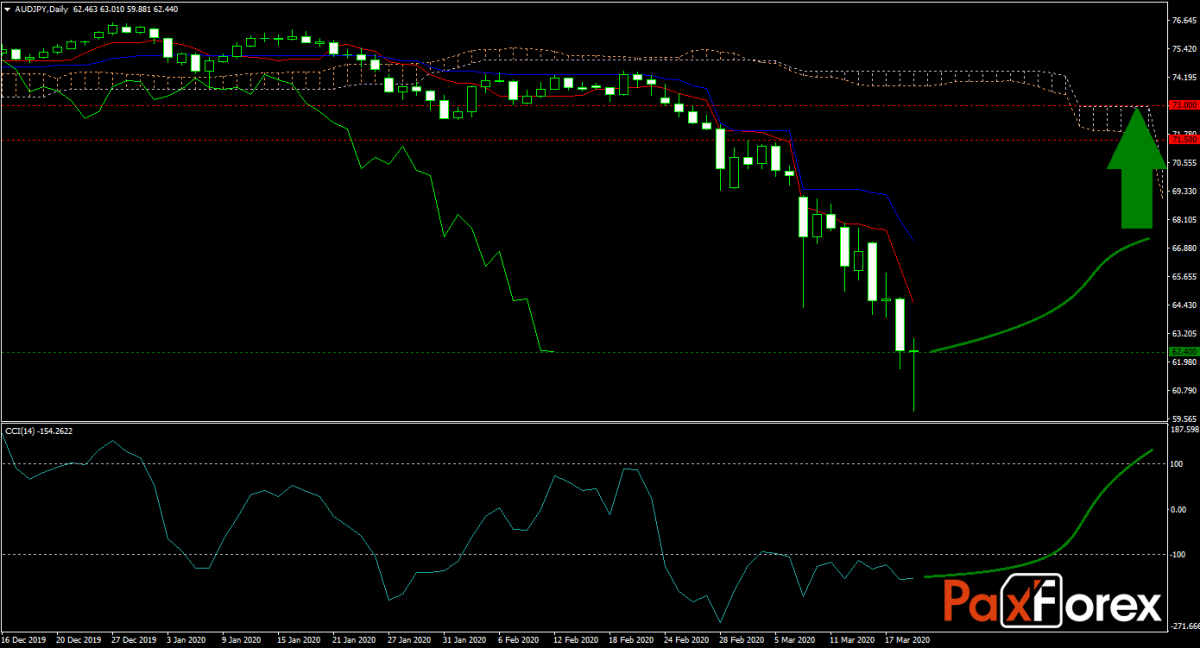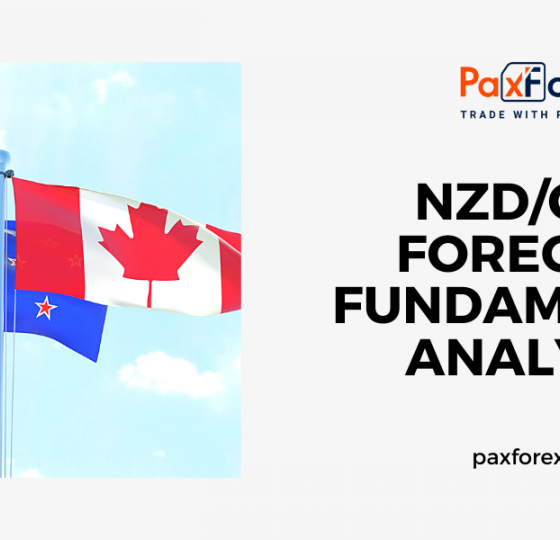
The Japanese National CPI for February increased by 0.4% annualized. Economists predicted an increase of 0.5% annualized. Forex traders can compare this to the Japanese National CPI for January, which increased by 0.7% annualized. The Japanese National Core CPI for February increased by 0.6% annualized. Economists predicted an increase of 0.7% annualized. Forex traders can compare this to the Japanese National Core CPI for January, which increased by 0.8% annualized. The Japanese National CPI Excluding Fresh Food for February increased by 0.6% annualized. Economists predicted an increase of 0.6% annualized. Forex traders can compare this to the Japanese National CPI Excluding Fresh Food for January, which increased by 0.8% annualized.
Japanese Buying Foreign Bonds for the period ending March 13th was reported at -¥595.1B, and Japanese Buying Foreign Stocks was reported at ¥77.7B. Forex traders can compare this to Japanese Buying Foreign Bonds for the period ending March 6th, which was reported at ¥4,169.4B and to Japanese Buying Foreign Stocks, which was reported at ¥157.7B. Foreign Buying Japanese Bonds for the period ending March 13th was reported at ¥309.4B, and Foreigners Buying Japanese Stocks was reported at -¥1,242.9B. Forex traders can compare this to Foreign Buying Japanese Bonds for the period ending March 6th, which was reported at ¥1,095.0B and to Foreigners Buying Japanese Stocks, which was reported at -¥517.8B.
The Australian Employment Change for February was reported at 26.7K. Economists predicted a figure of 6.3K. Forex traders can compare this to the Australian Employment Change for January, which was reported at 12.9K. The Unemployment Rate for February was reported at 5.1%. Economists predicted a reading of 5.3%. Forex traders can compare this to the Unemployment Rate for January, which was reported at 5.3%. 6.7K Full-Time Positions and 20.0K Part-Time Positions were created in February. Forex traders can compare this to the creation of 46.2K Full-Time Positions and to the loss of 32.3K Part-Time Positions, which were reported in January. The Labor Force Participation Rate for February was reported at 66.0%. Economists predicted a reading of 66.1%. Forex traders can compare this to the Labor Force Participation Rate for January, which was reported at 66.1%.
RBA FX Transactions for February were reported at A$548M. Forex traders can compare this to RBA FX Transactions for January, which were reported at A$769M. RBA FX Government Transactions for February were reported at -A$573M, and RBA FX Other Transactions were reported at A$9M. Forex traders can compare this to RBA FX Government Transactions for January, which were reported at -A$772M and to RBA FX Other Transactions, which were reported at -A$5,499M.
The Japanese All Industry Activity Index for January increased by 0.8% monthly. Economists predicted an increase of 0.2% monthly. Forex traders can compare this to the Japanese All Industry Activity Index for December, which decreased by 0.1% monthly. Price action in the AUD/JPY recovered off of its lows after the RBA cut interest rates by an additional 25 basis points to 0.25%, and the forecast for this currency pair is moderately bullish in the short-term. Will bulls launch a relief rally? Subscribe to the PaxForex Daily Fundamental Analysis and earn over 5,000 pips per month.

Should price action for the AUD/JPY remain inside the or breakdown below the 61.700 to 63.900 zone the following trade set-up is recommended:
- Timeframe: D1
- Recommendation: Short Position
- Entry Level: Short Position @ 62.400
- Take Profit Zone: 71.500 – 73.000
- Stop Loss Level: 61.000
Should price action for the AUD/JPY breakout above 61.700 the following trade set-up is recommended:
- Timeframe: D1
- Recommendation: Long Position
- Entry Level: Long Position @ 61.000
- Take Profit Zone: 58.450 – 59.750
- Stop Loss Level: 61.700
Open your PaxForex Trading Account now and add this currency pair to your forex portfolio.













